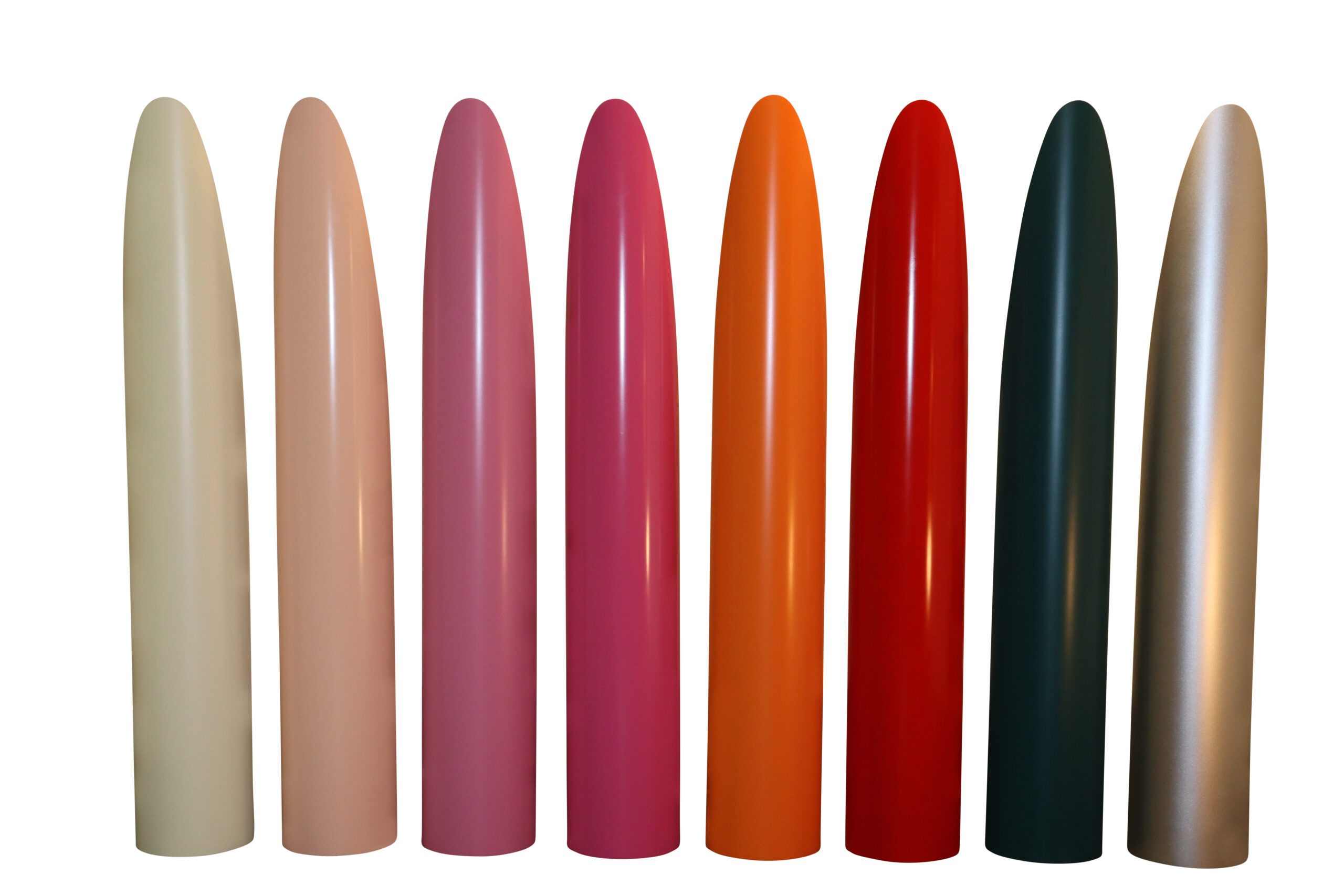Ever glance in a mirror and think, “Yep, that’s me!”—only to take a selfie moments later and gasp, “Wait, is that really how I look?” If your appearance seems to shift between reflections and photos, you’re not imagining things. With selfies ruling our social lives and cameras defining how we’re perceived, the battle between mirrors and snapshots has never mattered more.
But which one shows the real you? Mirrors flip your face, while cameras immortalize split-second moments—often warped by awkward angles, unflattering lighting, or lens quirks. So, is your mirror lying, or is your camera the sneaky culprit? Let’s unpack the science, psychology, and tech behind these everyday tools to settle the debate once and for all.
Mirror Magic: Why Your Reflection Isn’t What Others See
Mirrors are weirdly fascinating. We rely on them daily, yet few realize why their reflection looks subtly different from photos or real-life views. Here’s the secret: mirrors don’t just show you—they flip you.
When light bounces off a mirror, it reverses your image horizontally (a phenomenon called lateral inversion). Your left side becomes your right, and vice versa. Raise your right hand in front of a mirror, and the reflection mimics a left-hand wave. This flip explains why your mirror image feels “right” to you but looks “off” in photos—because everyone else sees the unflipped version.
This reversal also explains why parting your hair on the left feels natural in a mirror but looks jarring in a photo. Your brain grows accustomed to the flipped reflection, creating a self-image that feels true…but isn’t quite what the world sees.
Camera Quirks: Why Your Selfie Isn’t Always Honest
While mirrors flip you, cameras freeze reality—but not always accurately. Ever noticed how your nose looks bigger in a close-up selfie or your face seems warped in a group photo? That’s your camera’s lens and angle playing tricks.
- Lens distortion: Wide-angle lenses (common in phone cameras) exaggerate features closer to the lens. Lean in for a selfie, and your nose may dominate the shot.
- Lighting: Harsh overhead light deepens shadows, while soft, front-facing light smooths imperfections.
- Angle bias: A photo taken from below can double your chin, while eye-level shots capture a more natural look.
Cameras don’t “lie,” but they don’t tell the full truth either. Unlike mirrors, which show a live, reversed image, cameras flatten 3D reality into 2D snapshots—losing depth and context.
Mirror vs. Camera: Which One Wins?
The answer? Neither. Mirrors give you a consistent (but flipped) view, while cameras show how others see you—quirks and all. Together, they reveal two sides of the same coin.
Use mirrors for:
- Daily grooming (that flipped view helps apply eyeliner evenly!)
- Checking posture or outfit details in real time.
Use cameras for:
- Capturing how you look to others (tip: flip your selfies horizontally to mimic a mirror view).
- Spotting asymmetries or habits (like a tilted smile) that mirrors hide.
Cameras Capture Your True Image (Here’s Why It Feels Odd)
Unlike mirrors, cameras don’t flip your image. Photos freeze you exactly as others see you in real life—unaltered and unreversed. This authenticity is why candid shots might initially seem unflattering. Your brain, accustomed to the mirror’s reversed reflection, struggles to reconcile this “new” perspective. But here’s the truth: photos are far more accurate than mirrors. They reveal facial expressions, body language, and proportions in their true form, even if it takes time to adjust to this unfiltered view.
The Perception Gap: Bridging Mirror Comfort & Photo Reality
- Mirror familiarity: Your brain prefers consistency, making the reversed reflection feel “right” over time.
- Camera honesty: Photos highlight asymmetries and angles you rarely notice, offering a genuine snapshot of your appearance.
While mirrors offer a curated, flipped version of yourself, cameras provide raw accuracy. Embracing both tools helps you understand why self-perception varies—and reminds us that confidence comes from seeing all versions of you.
What Shapes How We See Ourselves? Key Influences on Visual Accuracy
Ever wonder why you look different in your bathroom mirror versus a photo? The way mirrors and cameras capture your appearance isn’t just about angles—it’s science. Let’s break down the elements that shape these perceptions.
Mirror Distortions: Not All Reflections Are Equal
While most mirrors offer a reliable image, others can warp reality. Curved mirrors (like convex or concave ones) bend light uniquely, stretching or compressing your reflection. Even flat mirrors might subtly alter your appearance if they’re warped or uneven. This explains why you might feel your legs look longer in a dressing room mirror or your face narrower in a compact mirror.
Camera Tech: Lenses Change the Game
Cameras don’t just “capture” reality—they reinterpret it. Wide-angle lenses, common in smartphones, can exaggerate facial features (think: a broader nose or elongated chin). Telephoto lenses, often used in professional photography, flatten your face for a more balanced look. Distance also plays a role: a close-up shot distorts proportions, while standing farther back softens angles.
Mirror vs. Camera: Which Shows the Real You?
Both tools highlight different aspects of your appearance. Here’s how they stack up in everyday scenarios:
1. Proportions: Familiarity vs. Objectivity
Mirrors flip your image horizontally, making asymmetrical features (like a signature side part) feel “off” when unflipped. Yet, this reversed view is what you’re used to, creating a sense of balance. Cameras, however, freeze your true orientation—a version others recognize instantly. Lens choice further skews proportions: wide angles amplify curves, while telephoto lenses streamline them.
2. Color & Detail: Light Matters
High-quality mirrors under even lighting reflect colors accurately. But cheap mirrors with greenish tints or dim rooms can mute vibrancy. Cameras, while capable of precision, often tweak colors due to auto-adjustments like white balance. They excel at capturing textures (like skin pores or fabric patterns), but harsh lighting can wash out details or create unflattering shadows.
3. Depth Perception: 3D vs. 2D
Mirrors replicate depth naturally, letting you see how light interacts with your face from multiple angles—a key reason makeup looks different in person versus photos. Cameras compress 3D reality into 2D, losing spatial context. Techniques like portrait mode add artificial depth (bokeh), but it’s no match for the dynamic realism of a mirror.
Practical Insights: Mirrors vs. Cameras – How to Use Both Effectively
Understanding how mirrors and cameras work isn’t just science—it’s a tool for improving how you present yourself. Each has unique strengths and limitations, and knowing when to rely on one over the other can make a big difference in your daily routine. Below, we break down how these tools shape your self-perception and share tips for using them wisely.
Mirror vs. Camera: Which Should You Choose?
Your goal determines which tool works best.
- Cameras are ideal for seeing yourself as others do. Unlike mirrors, they don’t flip your image left-to-right, offering a true-to-life perspective. This makes them perfect for capturing photos or videos meant to reflect your real appearance.
- Mirrors excel for daily grooming. The reversed image feels familiar, which helps with precision tasks like styling hair or applying makeup. While the reflection isn’t 100% accurate, its consistency makes it a trusted tool for routine use.
By recognizing that mirrors prioritize familiarity and cameras prioritize objectivity, you can strategically choose the right tool for the task.
Debunking Myths About Mirrors & Cameras
Let’s clear up common misunderstandings:
- Myth 1: “Mirrors show your exact appearance.”
Truth: Mirrors reflect a flipped version of you—your left side appears on the right, and vice versa. - Myth 2: “Cameras always distort your look.”
Truth: Camera accuracy hinges on technical factors like lens quality, lighting, and angles. A well-set-up camera captures a realistic image, while poor conditions (like a wide-angle lens up close) can skew results.
Neither tool is inherently “better.” Instead, they serve different purposes. Embracing their unique roles helps you avoid frustration and build confidence in both your reflection and photos.
Final Takeaway
Mirrors and cameras reveal two sides of the same coin. Mirrors offer a comforting, reversed image we’re used to, while cameras provide the unfiltered perspective others see. Both have flaws—mirrors aren’t “true,” and cameras can mislead under poor settings—but together, they create a fuller picture of your appearance.
By mastering their differences, you’ll enhance everyday activities, whether perfecting your skincare routine, taking a flattering photo, or simply understanding how the world perceives you. The key? Use mirrors for consistency, cameras for objectivity, and let both tools empower your self-image.







